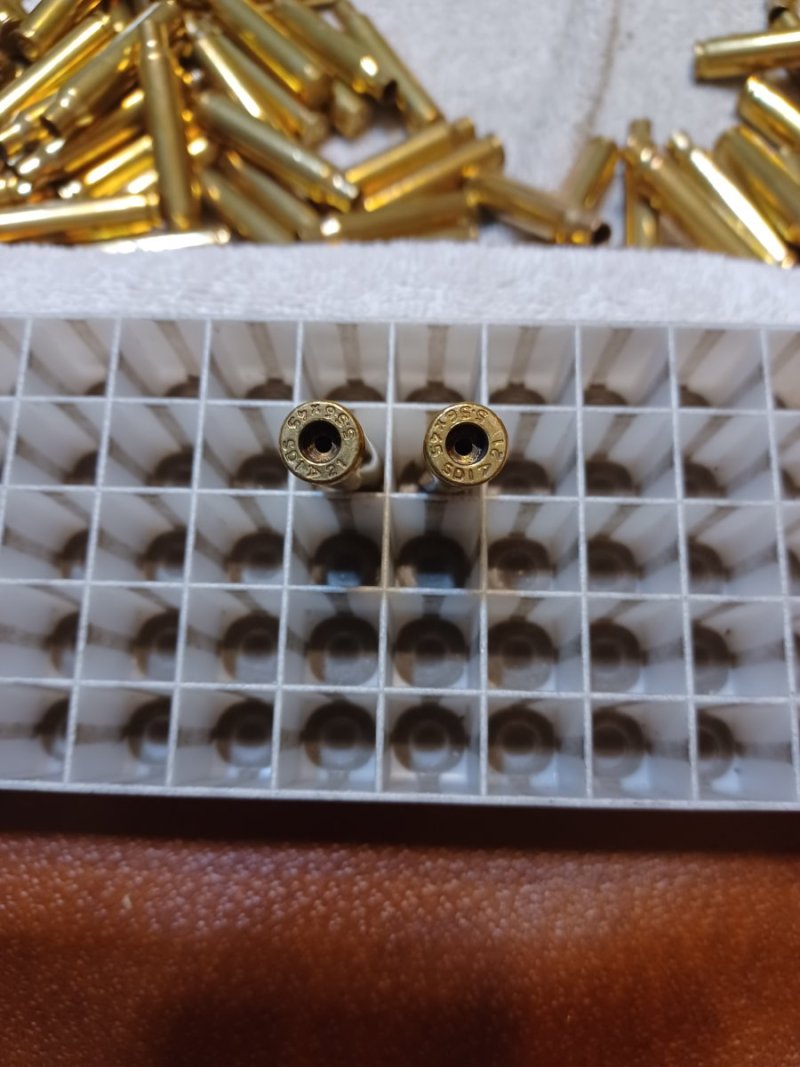Just loaded some 62 grain projectiles over 24 grains of Varget.
Fired out of a 16" barrel and found my FPS to be around 2,300 FPS.
Hodgdens reloading site indicates that I should be closer to 2,900 FPS with that load (out of a 24" barrel).
http://www.hodgdonreloading.com/
I double checked my C.O.L. and it's pretty much right on at 2.26"...
I didn't think a 16" vs 24" barrel difference would have that much of an impact on velocity.
Any ideas on what's going on?
Fired out of a 16" barrel and found my FPS to be around 2,300 FPS.
Hodgdens reloading site indicates that I should be closer to 2,900 FPS with that load (out of a 24" barrel).
http://www.hodgdonreloading.com/
I double checked my C.O.L. and it's pretty much right on at 2.26"...
I didn't think a 16" vs 24" barrel difference would have that much of an impact on velocity.
Any ideas on what's going on?






